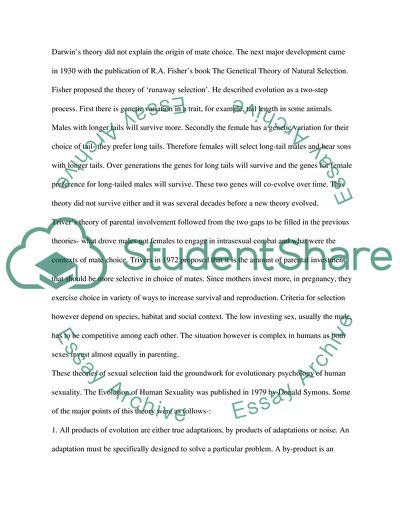Cite this document
(The Current Status of the Sexual Strategies Theory Essay, n.d.)
The Current Status of the Sexual Strategies Theory Essay. https://studentshare.org/gender-sexual-studies/1727840-sexual-strategies-theory-historical-origins-and-current-status
The Current Status of the Sexual Strategies Theory Essay. https://studentshare.org/gender-sexual-studies/1727840-sexual-strategies-theory-historical-origins-and-current-status
(The Current Status of the Sexual Strategies Theory Essay)
The Current Status of the Sexual Strategies Theory Essay. https://studentshare.org/gender-sexual-studies/1727840-sexual-strategies-theory-historical-origins-and-current-status.
The Current Status of the Sexual Strategies Theory Essay. https://studentshare.org/gender-sexual-studies/1727840-sexual-strategies-theory-historical-origins-and-current-status.
“The Current Status of the Sexual Strategies Theory Essay”. https://studentshare.org/gender-sexual-studies/1727840-sexual-strategies-theory-historical-origins-and-current-status.


